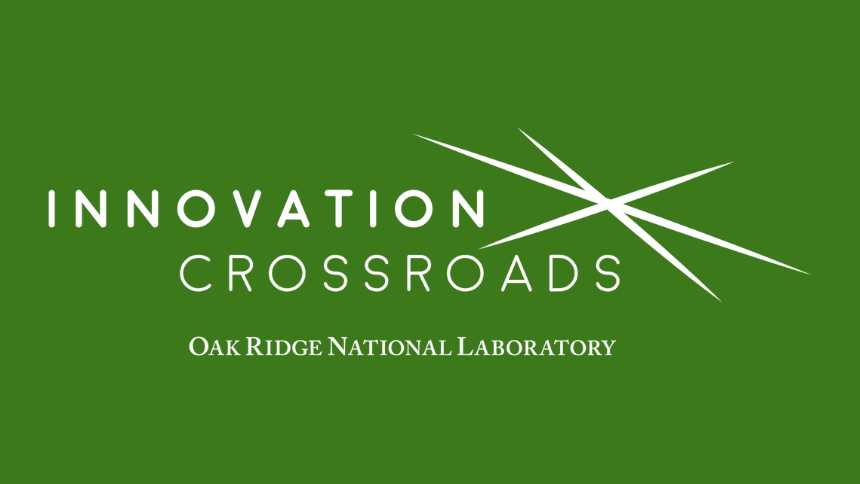
PART 1: Spotlight on Lux Semiconductors and flexible silicon wafers
(EDITOR’S NOTE: This is the first article in a five-part series spotlighting the work of the second cohort of start-ups comprising Oak Ridge National Laboratory’s “Innovation Crossroads” initiative. They arrived in the area in May to begin their two-year effort to further advance their early stage energy-focused companies. We will be running one article each week on these innovative companies.)
By Tom Ballard, Chief Alliance Officer, PYA
“We’re making a flexible version of the silicon wafer,” Shane McMahon, Founder and Chief Executive Officer of Lux Semiconductors, says of the technology that he is advancing as part of the second cohort in Oak Ridge National Laboratory’s (ORNL) “Innovation Crossroads” program.
As most readers no doubt know, silicon is the primary platform for semiconductor devices, and a wafer is a thin slice of this semiconductor material that serves as the substrate for microelectronic devices built in and over the wafer.
“The silicon wafer is currently serving as the foundation for over 90 percent of electronic devices,” McMahon explains. “It’s been a critical platform for device manufacturers.”
That said, the young entrepreneur says that “the electronics industry is now entering a new era, one that demands ultra-thin and flexible devices with more functionality and at lower cost. The silicon wafer is thick, fragile, size restricted, expensive, and can no longer meet all modern demands.”
Lux, led by McMahon and Co-Founder Graeme Housser, will deliver a new class of semiconductor substrates, ones that are flexible, large area, and low cost, to serve as a next generation platform
“We haven’t seen anyone else trying to develop these types of materials,” McMahon says. To illustrate how their innovative technology could revolutionize one area, he briefly discussed several different possibilities.
“One emerging market is the Internet of Things (IoT) and the IoT network is expected to be formed from tens to hundreds of billions of connected sensors,” the native of Clifton Park, NY says. “All of these sensors will be built on a semiconductor substrate”
McMahon explains that the size restriction, cost and brittleness of silicon wafers is a drawback to their use in IoT applications. The technology that Lux Semiconductors expects to commercialize would seek to address all of these significant barriers at a very cost-competitive price.
“To assist in reducing cost, we can use roll-to-roll processing, a much higher throughput manufacturing technique relative to batch processing methods that are currently used,” he says. “Roll-to-roll is a process that cannot be used to produce silicon wafers.”
The technology grew out of McMahon’s research at the State University of New York at Albany. Housser was a classmate who worked in the same lab at the college but also has experience in roll-to-roll manufacturing. While still SUNY Albany graduate students, the two applied for and won a Phase I Small Business Innovation Research (SBIR) grant. Housser is taking the lead on that project from his base in New York.
McMahon outlined a multi-phased commercialization path that starts with the work at ORNL and the complementary activities supported by the SBIR award. Currently, the focus is on optimizing the crystallization process.
“Phase 1 is material development,” he says. “The material will be produced in Albany and characterized at ORNL’s Center for Nanophase Materials Science.”
During the next phase, Lux Semiconductors will be conducting material qualification and device fabrication. Phase 3 is the scaling-up process that involves designing and integrating the process into pilot scale production of foil that is four inches by two inches in size.
McMahon said ORNL’s Manufacturing Demonstration Facility and its roll-to-roll expertise was an important factor in applying for “Innovation Crossroads.” Another key reason was better understanding the market for the product and building industry connections.
“It’s important that we clarify those markets and understand their product requirements,” he said.
When we conducted the interview, McMahon, who told us “I always had a sense I wanted to do entrepreneurship,” was in month two of the two-year program. We asked how it was going.
“I like the fast pace,” he said. “And we’re making important connections every week.”
NEXT: Nth Cycle.
Like what you've read?
Forward to a friend!

